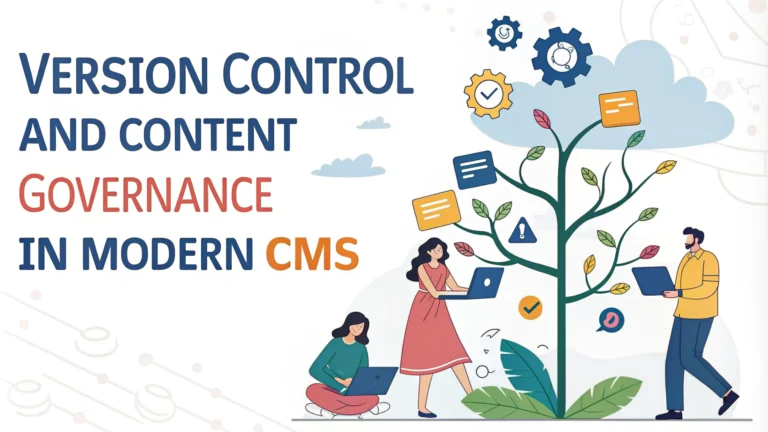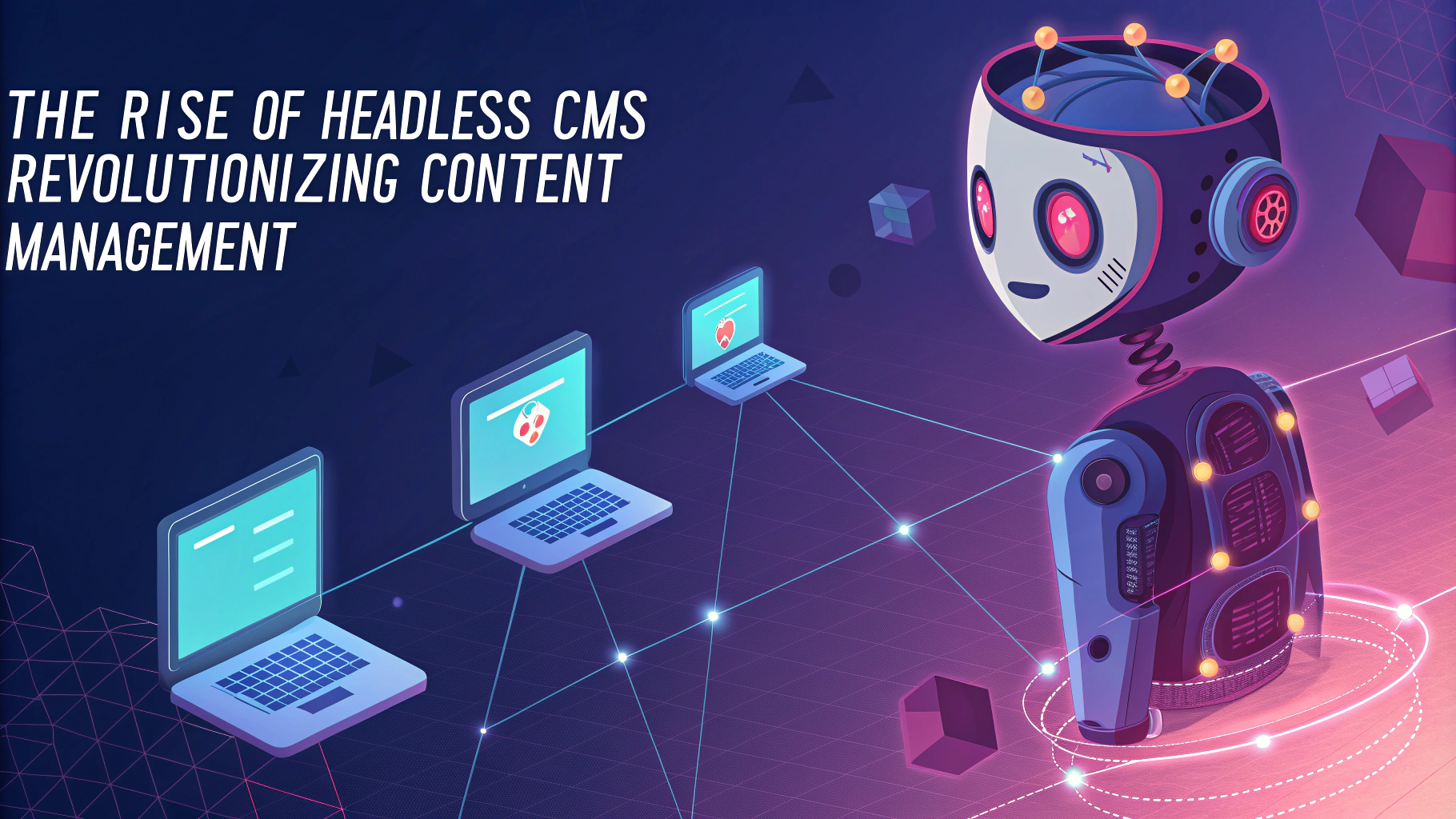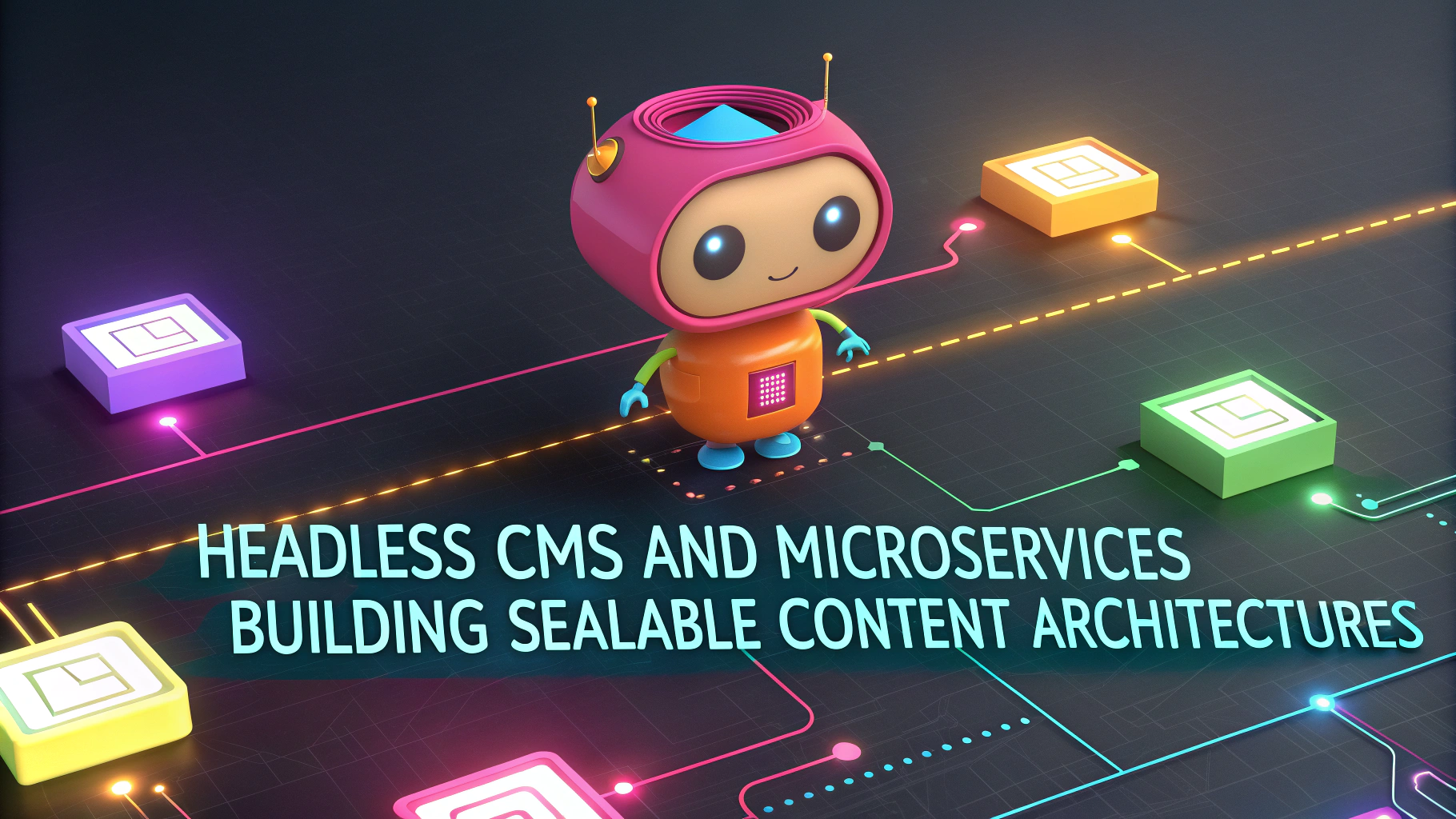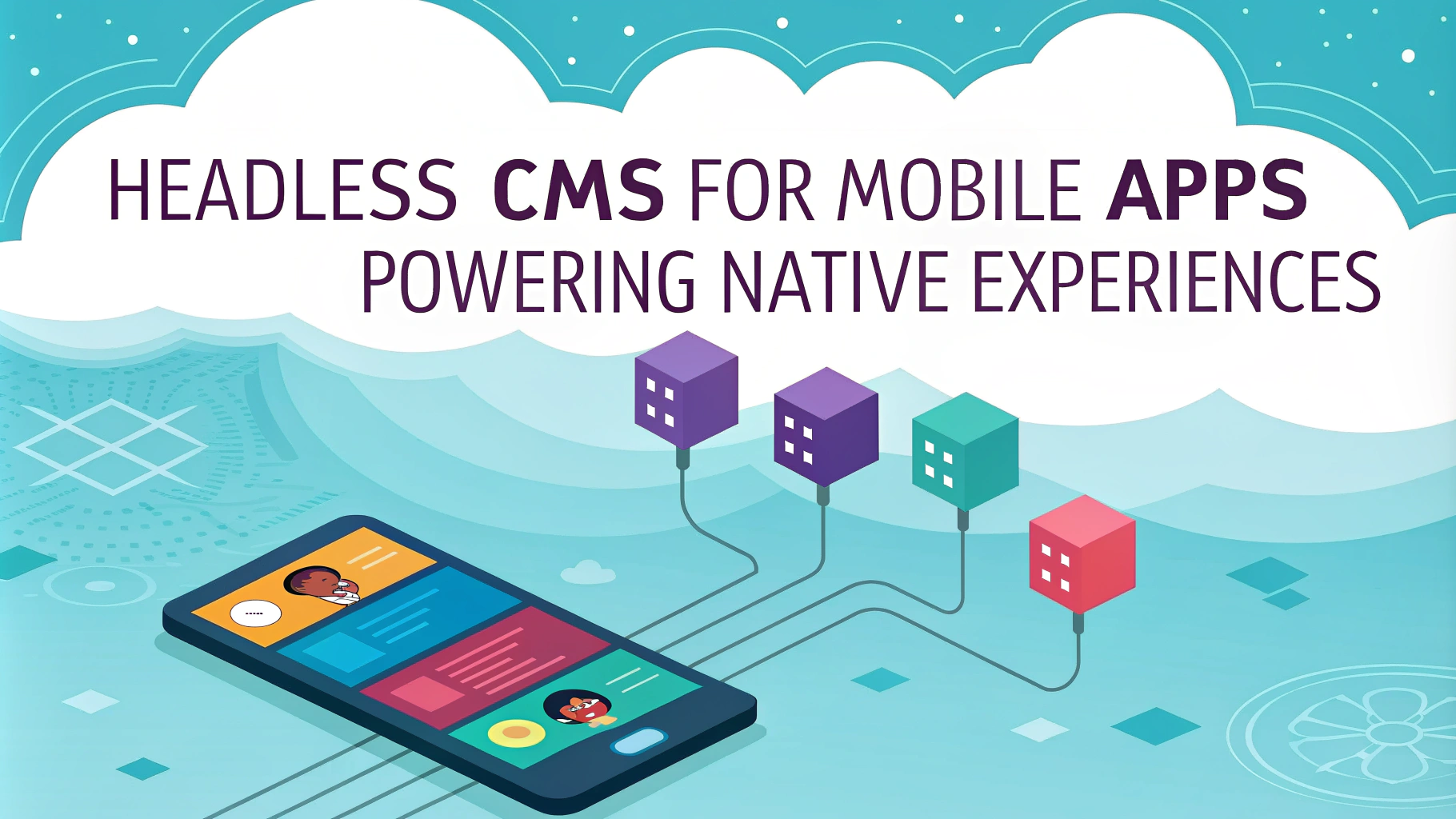Version control and content governance are essential components of modern Content Management Systems (CMS). They enable teams to collaborate effectively, maintain content quality, and manage workflows efficiently. This article explores key strategies for implementing version control and content governance in your CMS.
Understanding Version Control in CMS
Version control in CMS allows teams to:
- Track changes to content over time
- Revert to previous versions if needed
- Compare different versions of content
- Collaborate without overwriting each other’s work
Benefits of version control:
- Improved content quality
- Reduced errors and conflicts
- Enhanced accountability
- Simplified auditing and compliance
Implementing Content Governance Strategies
Content governance ensures consistency, accuracy, and alignment with organizational goals. Key strategies include:
- Establish clear roles and responsibilities: Define who can create, edit, and approve content
- Create content guidelines: Develop style guides and brand standards
- Implement approval workflows: Set up multi-step review processes
- Regular content audits: Schedule periodic reviews to maintain quality and relevance
Optimizing Content Workflows for Collaboration
Effective content workflows foster collaboration and streamline the content creation process:
- Define clear stages: Outline each step from ideation to publication
- Use task management tools: Integrate project management features within your CMS
- Set up notifications: Automate alerts for task assignments and deadlines
- Enable comments and feedback: Facilitate team communication within the CMS
Example Workflow:
| Stage | Responsible | Actions |
|---|---|---|
| Planning | Content Strategist | Define topic, outline, keywords |
| Creation | Content Writer | Draft content, add media |
| Review | Editor | Edit, provide feedback |
| Approval | Content Manager | Final review, approve for publication |
Streamlining Content Management with Version Control
Version control and content governance are key to efficient content management. This guide explores strategies to implement these crucial elements in your CMS, helping you improve collaboration, maintain quality, and streamline workflows.
Implementing Automated Version Control
Automated version control systems can save time and reduce errors:
- Set up automatic backups at regular intervals
- Enable real-time collaboration with simultaneous editing
- Implement branching for major content revisions
- Use tagging to mark important milestones or releases
Consider integrating Git-based version control for advanced features and better scalability.
Establishing Clear Content Governance Policies
Well-defined governance policies ensure consistency and quality:
- Create a content style guide: Include brand voice, tone, and formatting rules
- Define user roles and permissions: Limit access based on responsibilities
- Set up approval workflows: Implement multi-stage reviews for critical content
- Establish content lifecycle rules: Define when to review, update, or archive content
Sample Content Governance Checklist:
| Task | Frequency | Responsible Party |
|---|---|---|
| Content audit | Quarterly | Content Manager |
| Style guide review | Annually | Editorial Team |
| User permissions audit | Monthly | IT Administrator |
| Workflow efficiency review | Semi-annually | Project Manager |
Optimizing Collaborative Workflows
Efficient workflows boost productivity and content quality:
- Use task management tools: Integrate project management features with your CMS
- Implement content calendars: Plan and schedule content creation and publication
- Set up automated notifications: Alert team members of tasks and deadlines
- Enable in-line commenting: Facilitate feedback directly within content drafts
Consider using a content operations platform like Contentful or Sanity for advanced workflow management.
Leveraging Analytics for Content Improvement
Data-driven decisions can enhance your content strategy:
- Integrate analytics tools: Use Google Analytics or similar platforms to track content performance
- Set up custom dashboards: Monitor key metrics relevant to your content goals
- Conduct A/B testing: Compare different versions of content to optimize effectiveness
- Use heatmaps: Analyze user behavior on your content pages
Tools like Hotjar or Crazy Egg can provide valuable insights into user engagement with your content.
Conclusion
Implementing version control and content governance in your CMS is essential for maintaining high-quality content and efficient workflows. By automating version control, establishing clear policies, optimizing collaboration, and leveraging analytics, you can significantly improve your content management process. Remember to regularly review and adjust your strategies to ensure they continue to meet your organization’s evolving needs.













